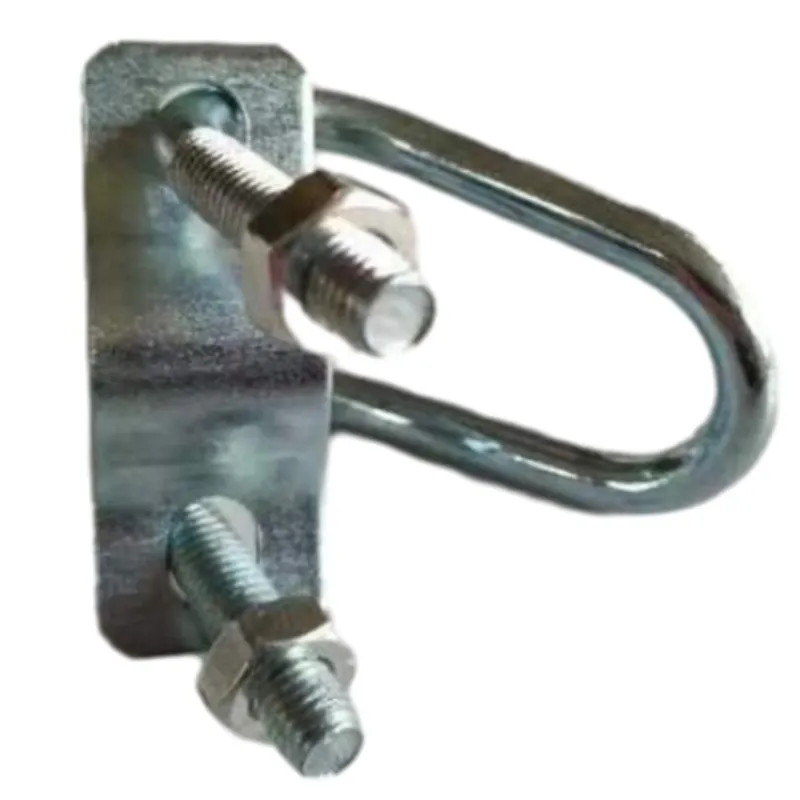loading...
- No. 9, Xingyuan South Street, Dongwaihuan Road, Zaoqiang County, Hengshui, Hebei, China
- admin@zjcomposites.com
- +86 15097380338
- Welcome to visit our website!
activated carbon filter vessel
Understanding Activated Carbon Filter Vessels
Activated carbon filter vessels are essential components in various industries and applications, playing a crucial role in purifying gases and liquids. Activated carbon, also known as activated charcoal, is a form of carbon that has been processed to create a porous structure. This porous nature significantly increases its surface area, enhancing its ability to adsorb impurities, contaminants, and undesirable odors from water and air.
How Activated Carbon Works
The effectiveness of activated carbon lies in its ability to adsorb, which is different from absorption. While absorption involves one substance being taken up into the volume of another, adsorption refers to the adhesion of atoms, ions, or molecules from a gas, liquid, or dissolved solid to a surface. The porous structure of activated carbon provides a vast surface area—typically around 500 to 1500 m²/g—allowing it to capture a wide range of contaminants, including volatile organic compounds (VOCs), chlorine, heavy metals, and many other pollutants.
When substances come into contact with activated carbon, they adhere to the surface, allowing for cleaner air or water to exit the system. This process can significantly enhance the overall quality of the treated medium, making activated carbon filter vessels indispensable in water treatment plants, air purification systems, pharmaceutical industries, and even in residential applications like water filters.
Design and Functionality of Activated Carbon Filter Vessels
Activated carbon filter vessels are designed to facilitate optimal contact between the contaminated medium (air or water) and the activated carbon. These vessels can vary in size, shape, and configuration, depending on their specific application. Generally, they feature a cylindrical or rectangular design, constructed from materials such as carbon steel or stainless steel to withstand various environmental conditions.
Inside the vessel, the activated carbon is typically held in place by a support structure, which may include screens or grids to prevent the carbon from escaping during fluid flow. The design ensures that the contaminated stream passes through the activated carbon bed, allowing for maximum contact time and efficiency in the adsorption process.
Applications of Activated Carbon Filter Vessels
Activated carbon filter vessels are used across a multitude of sectors
activated carbon filter vessel

1. Water Treatment In municipal water treatment plants, activated carbon is used to remove chlorine, sediment, volatile organic compounds, and taste or odor-causing compounds. This makes the water safe and palatable for consumption.
3. Industrial Processes Many manufacturing processes generate waste gases or liquids that require treatment before disposal. Activated carbon filters capture harmful byproducts, ensuring compliance with environmental regulations.
4. Pharmaceutical and Food Industries Activated carbon is employed in the purification of active ingredients and in the deodorization of products. This ensures high-quality outputs and safety in consumer products.
5. Residential Use Home water filtration systems often utilize activated carbon filters to improve drinking water quality and taste, offering an accessible solution for consumers looking to reduce contaminants in their water supply.
Maintenance and Lifespan of Activated Carbon Filters
While activated carbon filter vessels are incredibly effective, they are not infallible. Their efficiency diminishes over time as the carbon becomes saturated with adsorbed substances. Regular maintenance is vital to ensure optimal performance. This may include replacing or regenerating the activated carbon, cleaning the filter vessel, and conducting routine inspections to check for leaks or structural integrity.
The lifespan of an activated carbon filter can vary based on the type of contaminants being filtered, the concentration of those contaminants, and the volume of air or water treated. Generally, it is recommended to monitor the performance closely and follow manufacturer guidelines for replacement.
Conclusion
Activated carbon filter vessels are a cornerstone in purification technologies, effectively removing a broad spectrum of contaminants from air and water. Their versatility and efficiency make them suitable for a wide range of applications, from industrial processes to home water filtration. Understanding their functionality, applications, and maintenance needs is essential for optimizing their use and ensuring sustainable and clean outcomes in various contexts.
-
The Rise of FRP Profiles: Strong, Lightweight, and Built to LastNewsJul.14,2025
-
SMC Panel Tanks: A Modern Water Storage Solution for All EnvironmentsNewsJul.14,2025
-
GRP Grating: A Modern Solution for Safe and Durable Access SystemsNewsJul.14,2025
-
Galvanized Steel Water Tanks: Durable, Reliable, and Ready for UseNewsJul.14,2025
-
FRP Mini Mesh Grating: The Safer, Smarter Flooring SolutionNewsJul.14,2025
-
Exploring FRP Vessels: Durable Solutions for Modern Fluid HandlingNewsJul.14,2025
-
GRP Structures: The Future of Lightweight, High-Performance EngineeringNewsJun.20,2025
